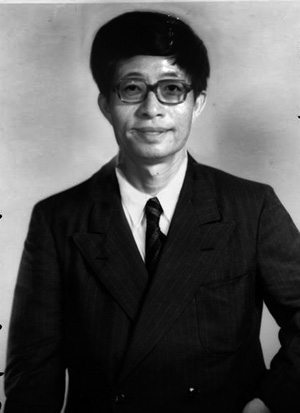Soon Bo's Cold room
and Shelves
Glass shelves
cold room
All images by the ICZ
soon bo's cold room and shelves
About the collection
The collection reflects the story of a collector of natural history, a taxidermist and a zoologist. Soon Bo's love for animals and his skill as a taxidermist brewed a bizarre collection of specimens over the years. They started off as pets for research, where he would study and observe them, like how a scientist would. Later Soon Bo waits for the pets to die before skinning them. ( he never keeps an animal for more then a month ). Soon Bo has a walk-in fridge where the temperature is a constant 8 degrees. Inside, he keeps the 'pets' which has an added meaning, or a more valuable to him on a personal level.
Soon Bo came to Japan in 1950 at the age of 20 and worked as an assistant in the Nagasaki Animal Center of Mr Hayashida Oishi, who was already an established taxidermist and zoologist. Under Hayahida's direction, Soon Bo learnt animal zoology and showed great aptitude in the mounting and preparation of specimens. Hayshida also arranged for him to study under the eminent zoologists Mr. Dong Wu Ren and Mr Yingusuwa.
Soon Bo was commissioned as a researcher in 1960 and spent three years traveling round the globe in search of rare and new specimens. As well as developing new taxonomies on the categorization of common animals - such as the feral rats and hamsters - Soon Bo spent time collecting specimens of apes and other animals. On his return to Japan in 1963 he began to build up his private practice. His scientific work was rewarded in 1967 when he was elected a Fellow of the Nagasaki Animal Center. In 1968 he was elected researcher to The Imperial Zoo, and in 1983 he moved to a large house in Kobe, which enabled him to take resident pupils and to arrange his collection into a teaching museum.
Soon Bo devoted all his resources to his museum. It included nearly 14,000 specimens of more than 500 different species of animals. As his reputation grew, he was supplied with rare specimens such as the Old world grey hunter-head snake brought back by Aido Miso from Hobei’s voyage of 1968-71.
While most of his contemporaries taught only zoological anatomy, Soon Bo's lectures stressed the relationship between humans and animals. Soon Bo believed that zoologists should understand how the animals can attain higher cultural status when mounted. He encouraged students such as Hayshida Oishi and Dong Wu Ren to carry out experimental research and to apply the knowledge gained to taxidermy.
By the 1980s Soon Bo enjoyed widespread recognition as the leading teacher of zoology of his time. However, the acclaim did little to mellow his blunt-speaking and argumentative nature. His temper was to be his downfall: Soon Bo died in 2006 after suffering a fit during an argument at a natural history museum refusing to install a cold room for exhibits.
Soon Bo was unique in seeking to provide an experimental basis to the taxidermised gaze, and his museum is a lasting record of his pioneering work.
Note : Full collection on view by request at the museum.

Soon Bo, 1930 - 2006
Copyright 2008, Institute of Critical Zoologists